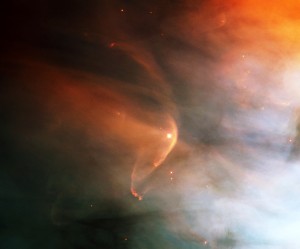This Monday, August 25th, a unique pair of space science lectures will take place at the Carnegie Reading Room at the Penrose Library in Downtown Colorado Springs. The event is called “Rocket Science and Moon Myths” and will center on the science, exploration, and common misconceptions about our natural satellite.
The opening presentation will be CSAS member and recent Sky & Telescope contributor Tristan Schwartz giving a comedic talk entitled “Moon Myth Media Mayhem.” From the moon’s perceived effect on human behavior and biology to the frenzy over the so-called “Supermoon,” Mr. Schwartz tackles the reality that people’s misconceptions about the moon ultimately teach us more about our own logical failings than they do about astronomy.Continue reading “Rocket Science & Moon Myths – 8/25/14”



